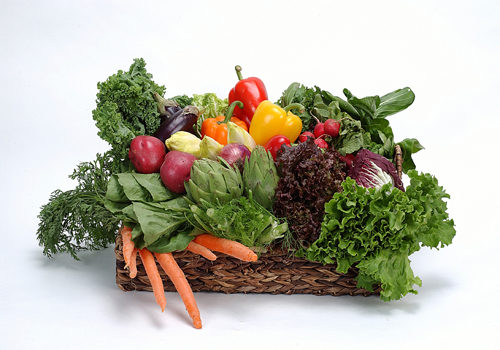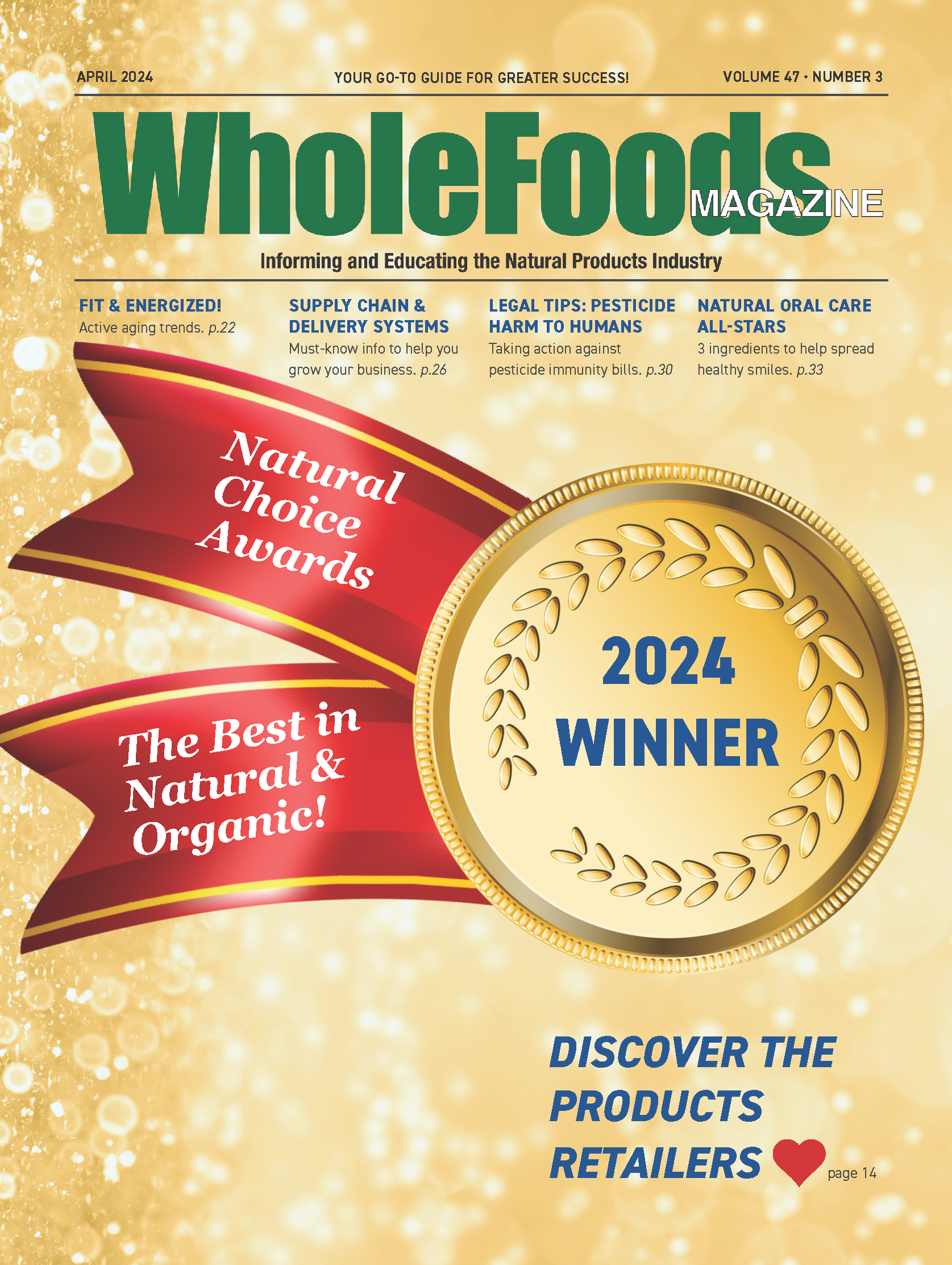It is common knowledge that organic food products have endless benefits, ranging from nutrition to the environment. For some, these benefits are well worth the switch to an organic lifestyle. For others, the advantages aren’t clear. But while deciding how organic could play a role in your lifestyle, it’s key to understand how the organic food system works.
How Organic Is It?
To be organic, the U.S. Department of Agriculture (USDA) demands that produce and food ingredients are grown without toxic synthetic pesticides, animal growth and production hormones, any genetic modification or artificial fertilizers (1). Virtually any foods can become organic food products if they meet the requirements of the state or a third-party certifying agent (1). Third-party certifying agents are located throughout the country, especially near popular organic farming areas. For example, California is an organic farming hotbed. The state has seven third-party certifying agents, such as Quality Assurance International in San Diego (2).
Within the organic industry, you will see three different types of labels on products: “100% organic,” “organic” and “made with organic ingredients.”
Products that are “100% organic” are made only with organic ingredients. They show both the USDA organic seal and the logo of the certifying agent, as well as identification of the certifying agent.
“Organic” food products are made with at least 95% organic ingredients, and the remaining 5% may be non-organic ingredients approved by the USDA. The label will have the same characteristics of the “100% organic” label.
Products that display “made with organic ingredients” must contain at least 70% organic ingredients. A “made with organic ingredients” product will display the certifying agent, but not the USDA logo (3).
The Cost of Organic
One major concern among people interested in going organic is how much it is going to cost them. Organic products are generally more expensive than conventional, cheaper to manufacture products. When breaking down the process of organic growing, processing and manufacturing, it’s clear why these foods should cost more. The growth, harvesting, transportation and storage processes of organic products tend to be more labor- and management-intensive than conventional foods (1). This naturally causes the costs to rise. But, many feel the end-result is a fresher and higher quality product. So essentially, you get what you pay for.
Organic Environmental Benefits
With the number of environmental problems future generations may face, many people want to start fixing and preventing the damage. The organic industry can help play a part in that, particularly when considering how conventional farming harms the environment.
Recent research has discovered that many fish, shrimp and shellfish in the Gulf of Mexico have been killed by hypoxia, which is partly the result of fertilizer run-off from agricultural activities in the Mississippi Basin (4). In another Stanford University report, researchers found that using synthetic chemicals to fertilize apple trees produced more adverse environmental effects than using natural means of farming. In fact, natural fertilizers reduced nitrogen pollution (4).
Another positive use of organic farming was revealed by research at the Rodale Institute. Researchers concluded that 7,000 pounds of carbon dioxide can be eliminated from the air just from adopting organic farming practices. Their research estimated that converting all 434 million acres of U.S. farmland to organic would be equal to the impact of eliminating 217 million cars from the roads, which is about 88% of all cars in the United States (4).
Why Is it a Good Choice for You?
Well, in a quick answer, organic foods are healthier for you. But don’t just take our word for it. There is plenty of evidence out there. One study out of Washington State University found that organic strawberries had higher levels of most nutrients and a wider variety of nutrients than conventionally farmed strawberries. In addition, the soil that the strawberries were grown in was found to be healthier and more genetically diverse than the conventional soil (5).
Scientists at Rutgers University found that blueberries grown organically were more nutrient rich than blueberries grown conventionally. On top of that, the antioxidant activity in organic blueberries was found to be higher than the conventional blueberries (5).
A wide-scale study performed jointly by professors from both the University of Florida and Washington State University found that, on average, organic foods contain 25% higher concentrations of 11 nutrients versus conventionally-farmed foods (5).
Those examples of organically farmed products being superior to conventionally farmed products are just the tip of the iceberg. More and more benefits are found in various studies every day, and soon they will be too tough to ignore in the agricultural industry. Much like today’s shift in focus regarding the environment, hopefully the urgency of being healthy makes eating organic food products a priority for years to come. WF
References
1. The Organic Center, “Organic 101,” http://organic-center.org/organic101.html, accessed July 16, 2012.
2.. USDA Agricultural Marketing Service, United States Department of Agriculture, www.ams.usda.gov/AMSv1.0/ams.fetchTemplateData.
do?template=TemplateJ&page=NOPACAs, accessed July 16, 2012.
3. “Greener Choices,” Eco-Labels Center, www.greenerchoices.org/eco-labels/label.cfm?LabelID=151, accessed July 23, 2012,
4. Organic Trade Association, “Environmental Facts,” www.ota.com/organic/environment/environmental.html?printable=1, accessed July 16, 2012.
5. Organic Trade Association, “Nutritional Considerations,” www.ota.com/organic/benefits/nutrition.html?printable=1, accessed July 16, 2012.
Published in WholeFoods Magazine, September 2012










